A mobile application that helps musicians and singers create music and build fanbase.
Client
Secteur
Mon Rôle
Durée du Projet
Sonary
Musique, Production, Réseau Social
Refonte du produit et création de nouveaux features : recherches, conception et visualisation
6 mois
Client | Sonary
Sector | Music, Production, Social Media
My Role | Product redesign and design of lacking features from research to conception and visualization
Project Time | 6 months
Sonary est une application qui veut permettre aux musiciens d’accélérer leur processus de création, de promouvoir leur travail auprès d’une audience, et aux producteurs d’y découvrir de futures talents.
Le défi est de trouver des solutions qui simplifierait une si complexe mission en une application.
Mais avec une architecture de base déjà en place, les besoins du client sont assez simples, clarifier les enjeux de l’application, la compléter avec des features manquants, et envelopper tout cela avec un design d’interface stylisé.
ANALYSE DE LA CONCURRENCE
Le projet étant d’intégrer en quelque sorte plusieurs applications en une, par exemple, Facebook + Soundcloud + Cubase, un peu comme Music Maker JAM, une recherche sur le marché cible, l’offre principal, usability, layout, et structure de navigation des applications similaires aident à comprendre les offres déjà sur le marché et comment nous pouvons améliorer la nôtre.
Opportunités
An app that allows pro and novice musicians to create and record songs easily and flexibly (system designed by the developer of the app) that speeds up the music making process.
Fans can discover and support local musicians, the app allows both parties to engage with one another instantly and easily on the app.
The feeling of belonging into a local music community at our fingertips.
Follow the DIY in almost everything we do, and indie music’s trends.
Menaces
The users are composed by different small niches, each with different needs. But the value of the app being « Connection », we need to find ways to connect them together.
There are many big similar entertaining apps like YouTube, Spotify, or Streetvoice that set a high standard in terms of the quality in indie music.
Our mission is big and the product quite complex, there’s a risk of the interface not being friendly enough to make a first good impression at the launching.
ANALYSE UTILISATEURS
To better exploit the opportunities and reduce the threats, I needed to better understand our potential users’ expectation, pain points and habits.
To do so, I started with an online research in forums, music industry related websites, blog posts and reviews of similar products. I also interviewed my clients since they’re from the local music industry, and friends who we know listen to indie music.
Then I identified 3 groups of user who might use the app : the audience (we’ll call them listeners), the musician and singer (we’ll call them talents), and the producer.
The goal is to collect information of the users, and how each group uses the apps or products already on the market to reach their goal.
What we want to know from each group
Listeners
Talents
Producers
INSIGHTS
An accelerator for talents
For the talents who don’t have budgets and lack technics, this platform can be a chance for them to make it, especially with a community manager like in TikTok.
Improving efficiency for producers’work
Producers are excited by the app as it might speed up their making process, leading them to make more and promote their work more.
Indie music is trending and attract more and more fans
In general, as the indie music is becoming more accessible, audience have more ways to hear it. While in Taiwan, the audience is either students who are eager to find out and actively support the local scene, or young working class who already found their favorite artists and platforms (using mostly Spotify, YouTube and KKbox). Overall, their motivation is feeling unique and for some, it’s the idea of having a closer relationship with the artists.
A niche not much documented nor researched
The niche is small and not much documented so there’s still a lot of unknown factors about the actual users.
The focus must put on making the app a friendly interface
Since the app is quite complicated with a lot of goals to achieve, we need to focus on how to make it user friendly.
CUSTOMER EXPERIENCE MAP
In order to see how each feature of the app can help the users reach their goal, I tried to find out the how and why they would enter the app, and imagined each step they might take to complete their tasks.
PAPER PROTOTYPING
After we’ve defined the lacking features and improved the existing ones, I started paper prototyping the app, so we all had a better idea of its general structure, which allowed clients to start providing their first feedbacks and thoughts.
WIREFRAMES
The low fidelity prototyping continued with wireframing the whole structure of the app. The app being very confidential, user tests were not allowed. Therefore, after validation of the wireframes, I directly proceeded to the visual design part.
VISUAL DESIGN
CONCLUSION
During the UX redesign and UI design process, I’ve been able to guide the clients in the discovery of their potential users, categorizing them into 3 groups to better understand different needs we shall address, and how we can implement them into different features very clearly, so that each group of user can easily find their way to achieve their goals.
While mapping out the user’s experience journey, we’ve also been able to come up with some new ideas such as Audio Story, inspired by a famously powerful interacting tool : Instagram Stories. As we know Jam sessions and in the moment melodies can become a strong connecting moment, and I wanted to bring this into the app with the hope that it might increase the engagement.
And most importantly, with close collaboration with clients and their developer, I’ve been able to create a stylized design with an interface that respects usability.
